Vamos aprender a utilizar o Sensor DS18b20 com ESP32-S2 Franzininho. Este sensor fabricado pela Analog devices é capaz de se comunicar com um microcontrolador através de um único fio, via protocolo one-wire. O one-wire é um protocolo Serial similar ao i2c, porém com menor velocidade e maior alcance.
Estes sensor é um velho conhecido de nós makers/fazedores/estudantes/curiosos, vem no formato mostrado abaixo. São necessários três conexões: +V (geralmente 3,3V), GND e sinal.
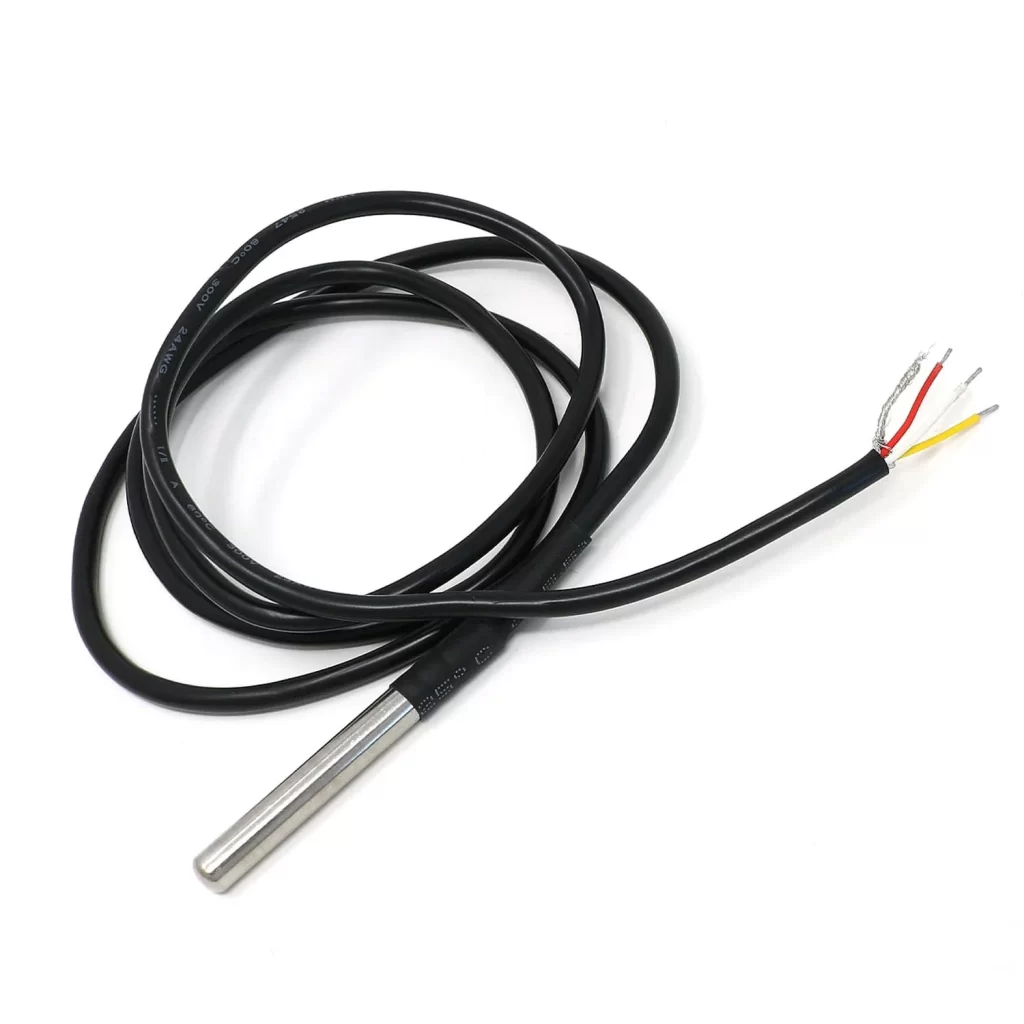
Para elaboração deste artigo eu me baseei em informações da Robocore e da CurtoCircuito. Não é necessário instalar nenhuma biblioteca especial, basta ter na sua IDE a biblioteca OneWire. Este código do Paul Stoffregen é tudo que precisamos (veja abaixo).
OneWire ds(9); // on pin 9 (a 4.7K resistor is necessary)
void setup(void) {
Serial.begin(115200);
}
void loop(void) {
byte i;
byte present = 0;
byte type_s;
byte data[9];
byte addr[8];
float celsius, fahrenheit;
if ( !ds.search(addr)) {
Serial.println("No more addresses.");
Serial.println();
ds.reset_search();
delay(250);
return;
}
Serial.print("ROM =");
for( i = 0; i < 8; i++) {
Serial.write(' ');
Serial.print(addr[i], HEX);
}
if (OneWire::crc8(addr, 7) != addr[7]) {
Serial.println("CRC is not valid!");
return;
}
Serial.println();
// the first ROM byte indicates which chip
switch (addr[0]) {
case 0x10:
Serial.println(" Chip = DS18S20"); // or old DS1820
type_s = 1;
break;
case 0x28:
Serial.println(" Chip = DS18B20");
type_s = 0;
break;
case 0x22:
Serial.println(" Chip = DS1822");
type_s = 0;
break;
default:
Serial.println("Device is not a DS18x20 family device.");
return;
}
ds.reset();
ds.select(addr);
ds.write(0x44, 1); // start conversion, with parasite power on at the end
delay(1000); // maybe 750ms is enough, maybe not
// we might do a ds.depower() here, but the reset will take care of it.
present = ds.reset();
ds.select(addr);
ds.write(0xBE); // Read Scratchpad
Serial.print(" Data = ");
Serial.print(present, HEX);
Serial.print(" ");
for ( i = 0; i < 9; i++) { // we need 9 bytes
data[i] = ds.read();
Serial.print(data[i], HEX);
Serial.print(" ");
}
Serial.print(" CRC=");
Serial.print(OneWire::crc8(data, 8), HEX);
Serial.println();
// Convert the data to actual temperature
// because the result is a 16 bit signed integer, it should
// be stored to an "int16_t" type, which is always 16 bits
// even when compiled on a 32 bit processor.
int16_t raw = (data[1] << 8) | data[0];
if (type_s) {
raw = raw << 3; // 9 bit resolution default
if (data[7] == 0x10) {
// "count remain" gives full 12 bit resolution
raw = (raw & 0xFFF0) + 12 - data[6];
}
} else {
byte cfg = (data[4] & 0x60);
// at lower res, the low bits are undefined, so let's zero them
if (cfg == 0x00) raw = raw & ~7; // 9 bit resolution, 93.75 ms
else if (cfg == 0x20) raw = raw & ~3; // 10 bit res, 187.5 ms
else if (cfg == 0x40) raw = raw & ~1; // 11 bit res, 375 ms
//// default is 12 bit resolution, 750 ms conversion time
}
celsius = (float)raw / 16.0;
fahrenheit = celsius * 1.8 + 32.0;
Serial.print(" Temperature = ");
Serial.print(celsius);
Serial.print(" Celsius, ");
Serial.print(fahrenheit);
Serial.println(" Fahrenheit");
}
Diagrama esquemático e testes
Faça a ligação elétrica conforme abaixo, note que um resistor de pull-up de 4k7 é necessário entre o sinal e o VCC. A alimentação do sensor é com 3,3V.

Fazendo o download do código para a placa Franzininho WiFi (com a mesma conectada via USB ao computador), temos o resultado abaixo. Veja que o código sabe qual tipo de chip conectado, além do conteúdo da ROM e temperatura atual.
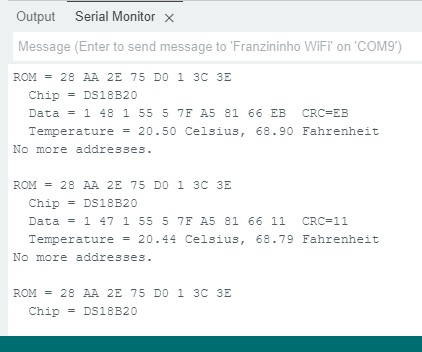
O DS18b20 é um sensor simples porém robusto, podendo ser aplicado até em ambientes industriais (se corretamente encapsulado). Sua facilidade de uso o torna ideal para pequenas automações. Quer conhecer outro sensor de temperatura? confira sobre o SHT21.


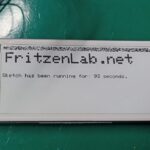
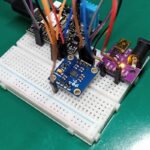
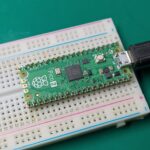
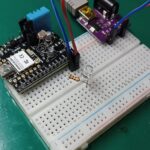
Deixe um comentário